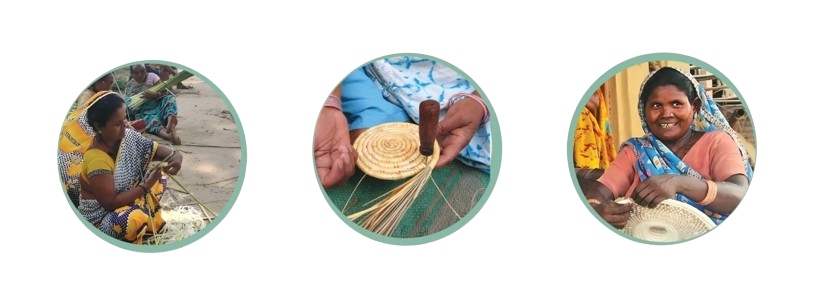What is moonj grass ?
Moonj grass, scientifically known as Saccharum Munja, is a versatile wild grass found in arid regions and along riverbanks in northern India. Harvested during the winter months, it is renowned for its durability and flexibility. Artisans weave Moonj grass into various products such as floor mats, baskets, and other household items. These eco-friendly and biodegradable items are not only practical but also support sustainable living and local economies.
What Significance of moonj grass?
Moonj grass holds significant cultural and economic value, especially in rural communities where it is traditionally used for various items. Products made from Moonj grass are eco-friendly, biodegradable, and durable, making them a sustainable choice. These items not only support local artisans and economies but also promote environmentally conscious living reducing reliance on synthetic materials.
What are the economic benefits of moonj grass?
- Income Generation: Provides a steady source of income for rural women.
- Empowerment: Promotes financial independence and enhances social status.
- Market Growth: Increasing demand for eco-friendly products boosts the market for moonj grass items.
What are the environmental benefits of Moonj grass?
Moonj grass offers significant environmental benefits due to its biodegradable nature, meaning it decomposes naturally without causing harm to the environment. This makes it a sustainable alternative to synthetic materials, which often contribute to pollution and waste. By using Moonj grass products, you can reduce your ecological footprint and support sustainable practices. Additionally, the cultivation of Moonj grass promotes soil health and biodiversity, further enhancing its positive impact on the environment. Its use in various products helps in reducing reliance on non-renewable resources.

What are the cultural & traditional values behind moonj grass?
Weaving moonj grass is a traditional craft passed down through generations, especially among women in northern India. It is a community activity that promotes social bonds and preserves cultural heritage. The craft is particularly prominent in regions like Prayagraj, Uttar Pradesh, and parts of Uttarakhand